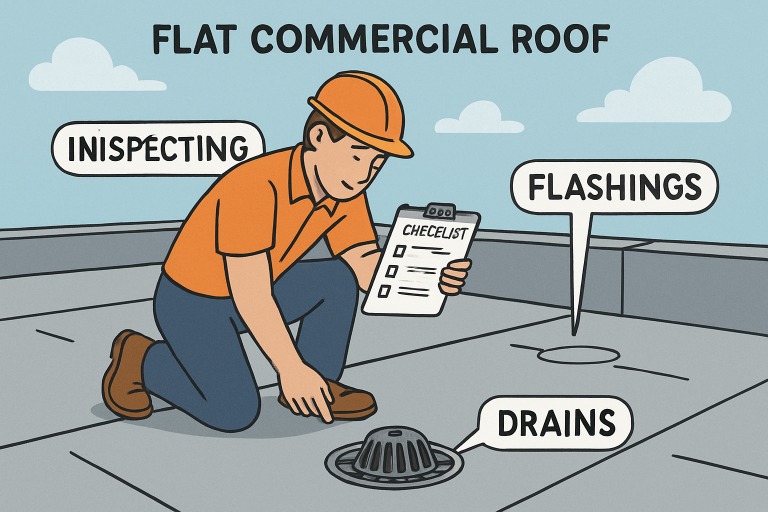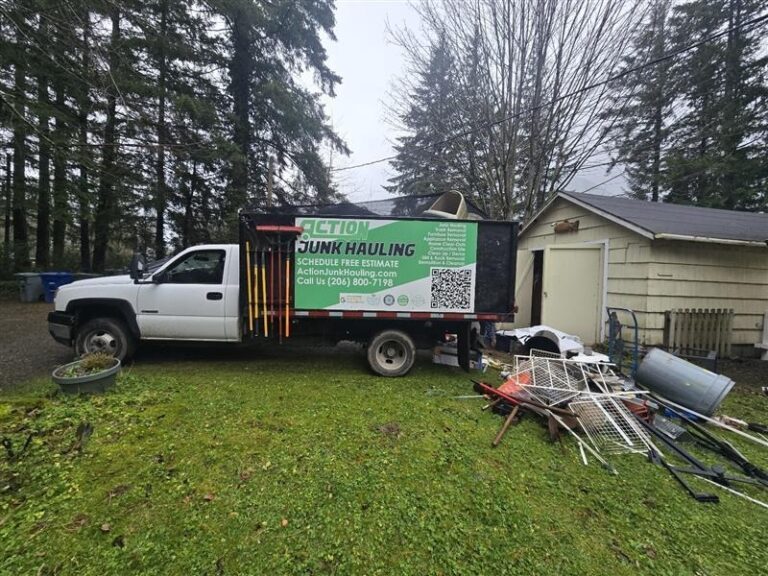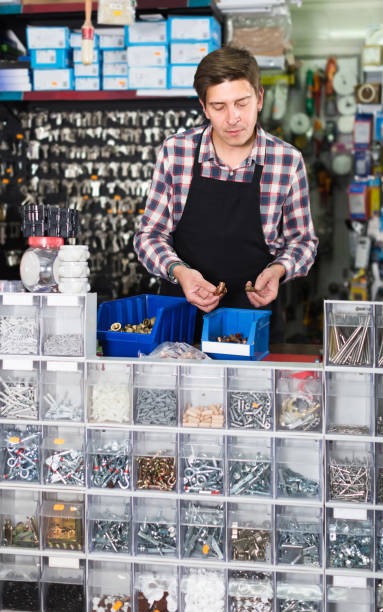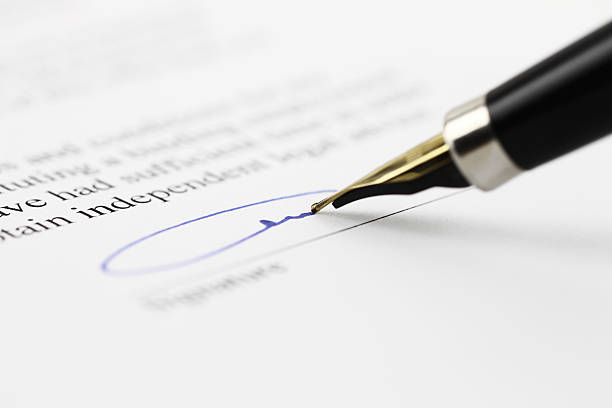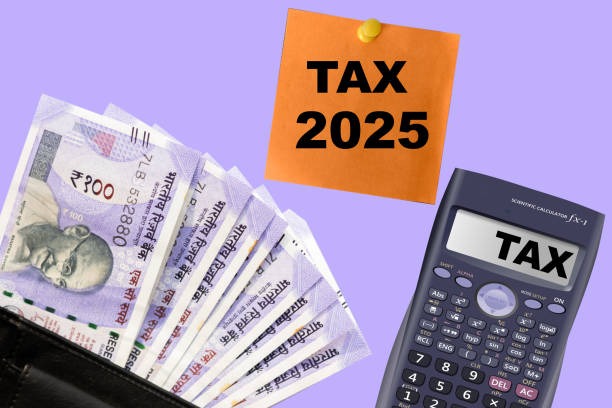Commercial Roofing Maintenance Strategies That Reduce Long-Term Costs
Why Maintenance Matters for Commercial Roofs
The roof is one of the most significant investments for any commercial property. While its purpose is to protect the structure and contents from the elements, the long-term performance of a commercial roof hinges on a well-planned maintenance strategy. With the help of professionals like Delta Innovative Services, property owners and managers can ensure their roofing systems are proactively cared for, reducing the risk of expensive emergencies and unplanned shutdowns.
Preventative maintenance not only mitigates surprises but delivers significant cost savings over the lifespan of a commercial roof. Regular assessments, minor repairs, and timely cleanings are proven to extend the life of roofing membranes, reduce insurance claims, and help facility managers more accurately forecast annual repair budgets. Industry research shows that facilities with structured roof care plans often see nearly double the service life of those that neglect routine maintenance.
5 Steps to Regular Commercial Roof Maintenance
Instituting a regular maintenance program for your commercial roof doesn’t need to be overly complex. By following these five key steps, property teams can maximize durability and function, ensuring peace of mind for tenants and building owners alike:
- Schedule Biannual Inspections: Conduct thorough reviews before and after the harshest seasons—especially after winter snow and summer storms—to spot early warning signs of damage.
- Keep Drains and Gutters Clear: Ensure all drainage systems are free of debris. Water buildup accelerates roof deterioration and can lead to costly leaks and structural issues.
- Remove Debris Promptly: Branches, leaves, and garbage can introduce moisture and damage the roofing surface if not regularly cleared.
- Check Roof Flashings and Seams: These vulnerable areas are frequent sources of leaks. Close inspection prevents water intrusion and preserves roof performance.
- Document and Photograph Everything: Keeping a detailed digital record of each inspection provides a reference for future repairs and support for potential insurance claims.
Early Warning Signs: What to Look For
Early detection is crucial for minimizing repair costs and downtime. Be vigilant for water stains on ceilings and walls, bubbling or blistering membranes, and mold growth, all of which suggest hidden moisture issues. Flat roofs in particular should not show standing water for more than 48 hours post-rain—ponding is an unmistakable indicator of drainage or structural concerns. Promptly addressing cracked caulk and damaged flashings can prevent a minor issue from becoming a major repair.
Material Choices That Make Maintenance Easier
Selecting the right roofing material is foundational to effective maintenance. Each system—whether built-up, single-ply, or metal—comes with distinct upkeep requirements. Metal roofs, for example, typically need fewer repairs and last longer, while single-ply membranes allow for easier, faster spot repairs. Understanding the maintenance profile of each material, as outlined in resources from sources such as Buildings.com, helps teams establish a plan that aligns with their budgets and operational goals.
How to Budget for Maintenance Without Breaking the Bank
Maintenance must be factored into annual operating budgets to prevent disruptions to cash flow or the risk of deferred repairs. Experts recommend allocating between 1% and 3% of the roof’s estimated replacement cost for maintenance each year. Climate, foot traffic, and roof age impact this calculation, so review these figures annually. Establish a reserve for unexpected issues; it’s much less costly to address a small repair immediately than to face a major reroof due to prolonged neglect. Setting aside a contingency fund helps preserve capital and stabilize expenses over the long term.
Real-World Cost Savings: Facts and Figures
Well-maintained roofs are proven to deliver a high return on investment. According to research from FacilitiesNet, spending just $0.14 per square foot annually on routine maintenance can prevent as much as $1 per square foot in avoidable repairs over the roof’s life. For a 50,000-square-foot facility, this equates to tens of thousands in lifetime savings—underscoring the value of consistency and expert oversight.
Frequently Asked Questions
- How often should a commercial roof be inspected? Inspections are best scheduled at least twice each year and after any major weather event to catch potential damage early.
- Can maintenance void a roof warranty? Proper maintenance won’t void warranties—but failing to adhere to manufacturer-recommended care or missing routine service can. Always follow warranty requirements closely.
- Do all roof materials need the same level of care? No—maintenance intensity varies by material. For example, metal roofs generally require less frequent attention than asphalt or membrane systems. However, all commercial roofing systems benefit from scheduled inspections and timely repairs.
Conclusion: The Bottom Line on Commercial Roof Maintenance
In the end, a proactive approach to commercial roof maintenance isn’t just a good idea—it’s an essential part of responsible property management. From extending your roof’s life to avoiding costly emergencies, a consistent maintenance strategy delivers a high return on investment. By understanding the basics—from biannual inspections to clearing debris and budgeting wisely—you can protect your property, stabilize your finances, and ensure your building’s most important asset remains in top condition for years to come.

